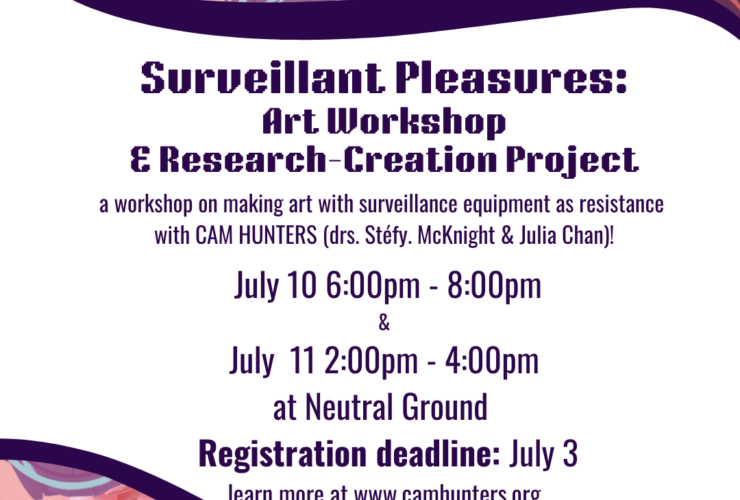behave
Christine Shaw
March 14 – April 14, 2001
Saturday, March 17, 2001
Guest Lecture: projects Eduardo Aquino and Karen Shanski, 7:00pm
Opening for behave begins afterwards at 8:00pm
Artist Statement
My work emphasizes a phenomenological approach where modified architectural environments solicit a heightened level of somatic participation on the spectator’s part. The spaces I construct become large membrane-like participatory environments – made from materials such as translucent stretchy fabric, industrial rubbers, rip-stop nylon, and guy wire – which require activation by the participant to give it full meaning. These environments re-engage us with the world in a visceral way therefore challenging institutions which uphold physical distancing and social divisions. Form and content are synthesized as participants journey through the sculptural passages transforming its compositions and creating postures and exchanges otherwise denied to spectators.
Through seemingly simple inversions of a gallery’s architectural and institutional relationships, alterations in perceptual and behavioral properties of participants can begin to arise. The modification of a clearly delineated gallery into many permeable passageways and structures encourages alternative ways of exploring an environment. The forms of these structures appear to expand and continue beyond their physical and institutional limits, acting assertively on the space around them. The intrusion of these forms into the surrounding space forces the participant to consider the environment (including other participants) in which they are situated.
What drives the work most is the potential space generated by the logic of new architectural intrusions in the gallery and the logic of what is underneath: an in-between, a place of the unexpected where unprogrammed events might occur, events that are not historically part of the aesthetic curriculum. This unprogrammed space is where the elements of an architectural and institutional space are dismantled and its rules are transgressed. These environments do not obey the restrictive and homogenizing prohibitions of the systems in which they inhabit, rather they provoke behaviours characteristically not included in the aesthetic experience. They solicit a reformulation of the common sense which affects and informs human navigation through public and social spaces. This new modality questions academic and popular assumptions, disturbs acquired tastes and fond aesthetic memories. Unarticulated forms collide in a staged and necessary conflict seeking different modes of experiencing space and inviting institutional inhabitants to new ways of practicing space. By challenging the existing conditions, by filling up the site with forms, the environment allows for the possibility of an event; an event which is unfolded by its participants and their corresponding actions.
I acknowledge that the relationships of the participants of these environment will vary: they may contend, approach, join, or dissociate with each other. Therefore, I place an emphasis on the intersubjective blending, clashing, intertwining and overlapping through which we participate collectively in the apprehension and construction of a shared sociocultural and physical environment. Rather than separating and distancing the participants of an aesthetic experience, an environment can assist in developing relations built around human centres who are oriented by and within spatial and temporal categories. This is something that can be accomplished through dialogue.


